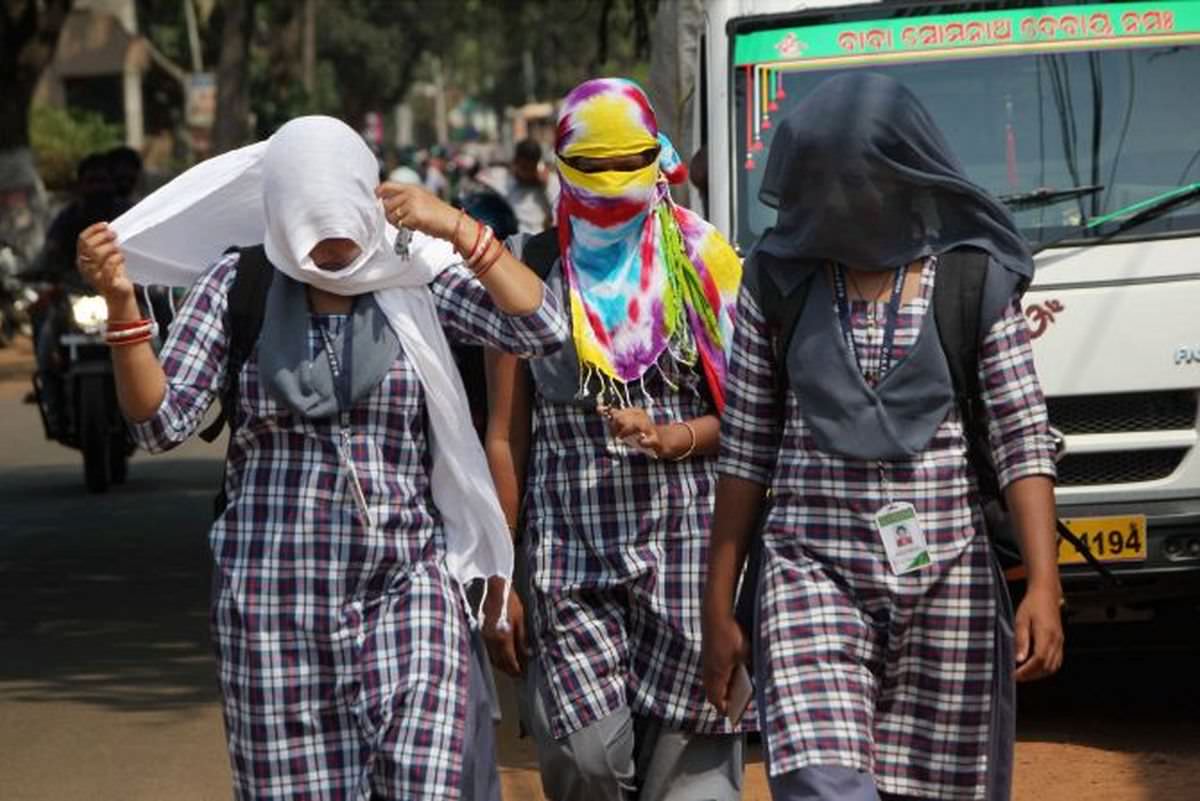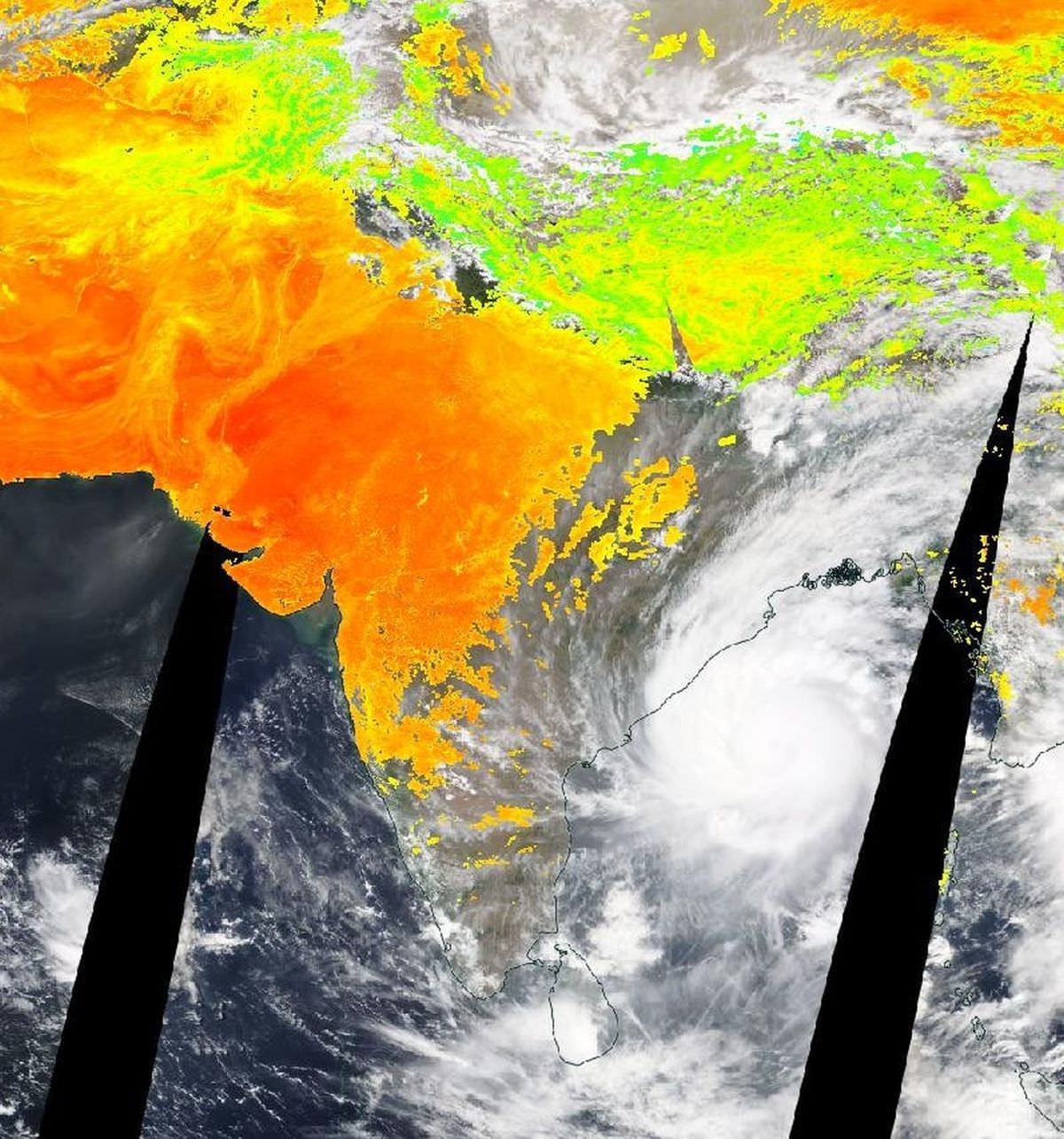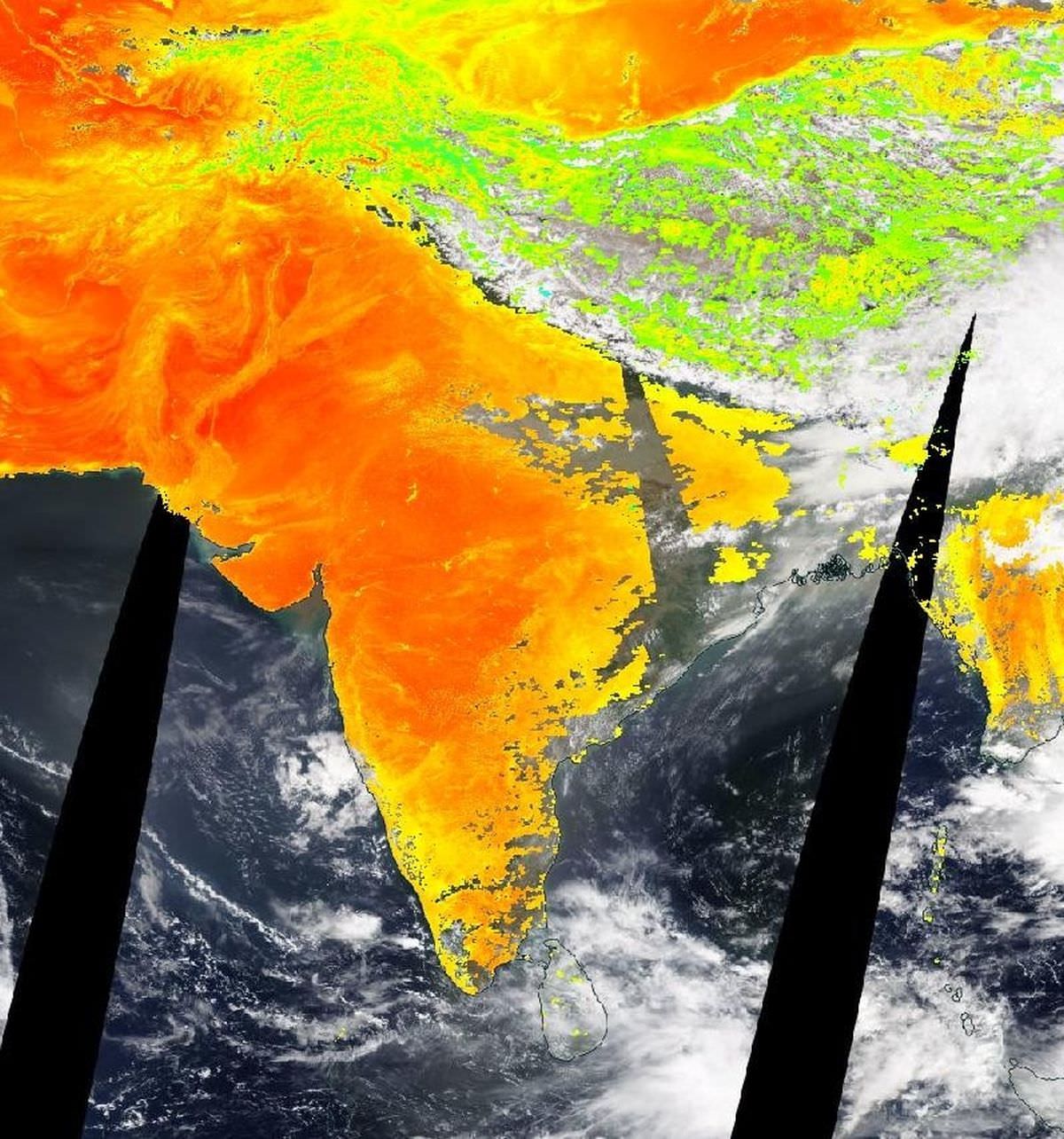Severe Weather Hits Globally, Heatwaves Continue to Peak in India
While severe weather conditions have hit the world, the heatwaves are peaking in the northwest, central and some interior parts of eastern India.
The India Meteorological Department (IMD) said in a tweet that heatwave conditions are very likely to continue over Haryana, Chandigarh, Delhi, Rajasthan, Uttar Pradesh and some parts of Madhya Pradesh till May 28 with peak intensity on May 26.
Severe Heat wave conditions observed at isolated pockets with heat wave at most places over Vidarbha and many places over West Rajasthan. Heat wave observed at many places over East UP & at few places over Delhi & Haryana and Madhya Pradesh.
Pls. check attachment for details pic.twitter.com/bztXmvTdvd
— India Met. Dept. (@Indiametdept) May 25, 2020
The department has issued an ‘orange’ warning for parts of Delhi that is a warning level for a heatwave, while a ‘red’ warning level is issued for a severe heatwave.
Generally, a heatwave is declared in large areas when the maximum temperature is 45 degrees Celsius for two consecutive days and a severe heatwave is when the temperature reaches over 47 degrees Celsius for two straight days.
According to IMD, a heatwave is declared in small areas such as Delhi if the temperature rises to 45 degrees Celsius even for a day. On May 25, the maximum temperature breached the 46 degrees Celsius-mark in Delhi.

Image: Rediff
The Safdarjung Observatory recorded a temperature of 44 degrees Celsius, four points above normal. Weather stations at Palam, Lodhi Road and Aya Nagar also reported their respective maximum temperatures at 46.5 degrees, 44 degrees and 45.6 degrees Celsius respectively.
The head of the regional forecasting center of the IMD, Kuldeep Srivastava said that some relief from the scorching heat was expected to subside on May 28 owing to a new western disturbance and easterly winds at lower levels.
Of the world’s 10 hottest places, four are in India which Churu being on top 5 with 49.6 degrees Celsius. Right now, Nawabshah in Pakistan is the world’s hottest place with a maximum temperature of 50.6 degrees Celsius.
Churu recorded the second-highest temperature in May in the last 10 years. According to the local weather bureau, before this, Churu had recorded a temperature of 50.2 degrees Celsius on May 19, 2016.
Temperatures have been rising in an unrestrained manner over the past one month and a comparative study done by the National Aeronautics and Space Administration (NASA) reveals horrid satellite images of the heat blanket over the Indian subcontinent.
According to the Worldview, the hottest (or reddest) areas in the May 26 image showed a land temperature of around 50 degrees Celsius.

Land surface temperatures captured via satellite imagery on May 19 | Image: NASA Worldview

Land surface temperatures captured via satellite imagery on May 26 | Image: NASA Worldview
Temperatures have been soaring in an unrestrained manner over the past one month and a comparative study done by the National Aeronautics and Space Administration (NASA) in the past 30 days shows a yellowish blanket all over the country.
In Rajasthan, Chief Minister Ashok Gehlot has appealed to the citizens to remain indoors and hydrated as most places in the state are bearing the brunt of scorching heat. In Haryana, Hisar recorded a high of 45 degrees Celsius, four notches above normal limits while Bhiwani sizzled at 43.1 degrees Celsius.
Delhi is enduring its hottest May day in nearly two decades. The hot spell is expected to scorch the northern parts for several more days. Parts of the capital, New Delhi, recorded the hottest May day in 18 years with the mercury hitting 47.6 Celsius.
No deaths have been reported so far this year, but last year the government said the heat had killed 3,500 people since 2015. There have been fewer fatalities in recent years.
Parts of Delhi and other areas in the northern region regularly see struggle when tankers arrive to deliver water. Last year Chennai in Tamil Nadu made international headlines when it ran out of water entirely.
According to Srivastava, dust storm and thunderstorm with winds speeding up to 60 kilometres per hour are to be expected over the National Capital Region over the weekend.
The IMD has said that Assam and Meghalaya are likely to receive ‘very heavy’ rainfall from May 26-28. A red-colour coded weather alert has been issued for the two northeastern states. The monsoon is likely to hit Kerala on June 5. Assam and Meghalaya are also currently experiencing floods, with more heavy rainfall forecast in the coming days.
Meanwhile, the Sahara Desert community of Ouargla, Algeria likely set a new record on May 28 for the hottest temperature in Africa: 124 degrees Fahrenheit (51 degrees Celsius). Apparently, it would surpass Africa’s previous highest reliable temperature measurement of 123.3 degrees (50.7 Celsius) set July 13, 1961, in Morocco.
The west is also experiencing severe weather conditions. In the US, many states including Texas and Florida are facing the threat of flash floods, while many others including California, Arizona and San Francisco are suffering from excessive heat.


